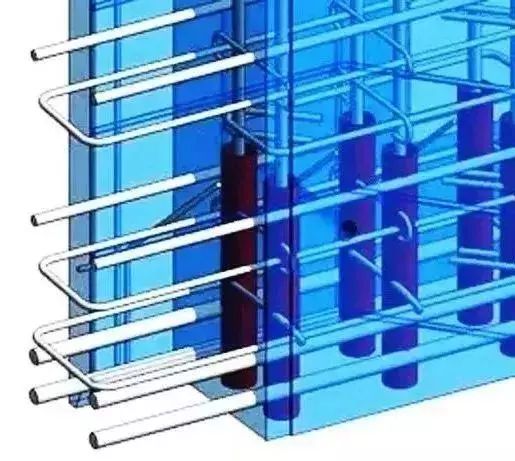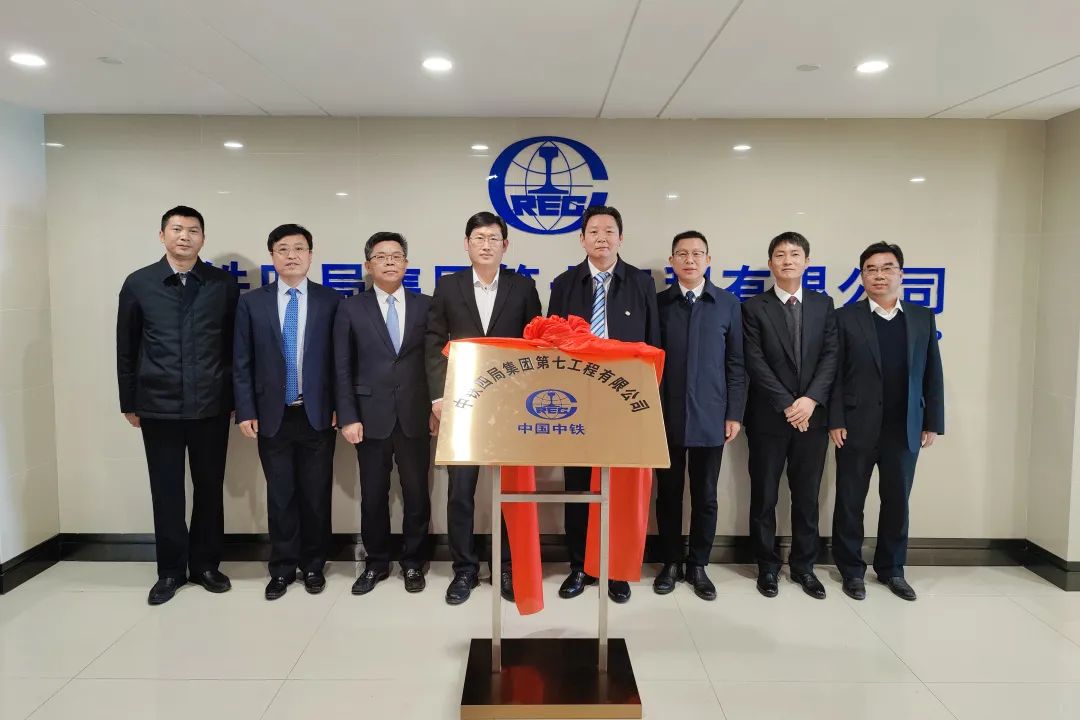At present, the technology mainly used in Beijing was born in the United States in the 1970s and introduced into Japan in 72.
In addition, at present, the state vigorously promotes prefabricated buildings and will increase policy support to reduce the incremental cost of prefabricated buildings through area reward, implementation of full decoration, shortening the construction period, technical training of industrial workers, reducing labor costs, replacing business tax with value-added tax in the construction industry and reducing construction costs.
The reasons for this phenomenon are as follows: first, the market requires diversified house types and personalized decoration, and the large plate structure system fails to solve the contradiction between design standardization and diversification, resulting in increased production difficulty and cost; Second, the large slab structure system failed to solve the waterproof problem, and a large number of leakage occurred in about 15 years after its completion; Third, the rapid development of cast-in-situ concrete construction technology (such as large formwork technology), migrant workers entering the city and low labor cost have accelerated the demise of large slab structure system; Fourth, with the reduction of China’s demographic dividend and the urgency of environmental pollution, the 18th National Congress put forward the requirements of “ecological civilization construction”.
Generally, the main construction is carried out first, and then the hanging plate is installed.
According to the newly adopted action plan for prefabricated buildings in the 13th five year plan, by 2020, the proportion of prefabricated buildings in new buildings will reach more than 15%, including more than 20% in key areas, more than 15% in actively promoting areas and more than 10% in encouraging areas..
Such a technology has been tested for a long time and tested by strong earthquakes.

The “cost” between the two should not be simply compared.
Material waterproof: the exterior wall joints are made of “improved silicone glue”.
70% of urban houses in Japan are single family villa buildings, most of which are light steel wood structure system.
Europe is the first region to rise the residential production and construction mode of “factory prefabrication and on-site assembly”, in which the construction prefabrication rate in Finland, Sweden, Norway and other countries is as high as more than 70%.
Q8: what is the status of prefabricated buildings abroad? Europe is the origin of the modern industrial revolution, and it is no exception in the field of residential industrial production.
The construction industry must take the road of industrialization to save resources and energy and reduce environmental pollution.
The sleeve is prefabricated in the component, and the reinforcement at the other end is connected through high-strength grouting material grouting at the construction site.
Q2: are prefabricated buildings made of concrete? At the present stage, there are three main modes of industrialized production of buildings in China: Precast concrete prefabricated buildings (PC buildings) are built by the combination of precast concrete components as the main components, assembled, connected and partially cast-in-place concrete structures; Steel structure building steel structure is the main structure, combined with industrialized floor slab and internal and external wall system to form a complete building system, which has the advantages of wide application range, light weight, energy conservation and environmental protection; Due to the limitation of resources and environmental conditions, the promotion of wood structure assembled buildings in the whole country has a long way to go.
Q9: is there a market for prefabricated buildings in China? At present, the national government’s indemnificatory housing is mostly constructed by prefabricated buildings, which has been greatly improved in the standardization of quality, housing scale and house type.
Since the early 1990s, large slab buildings have “suddenly disappeared”.
The light steel keel partition wall usually adds sound insulation materials such as rock wool or thermal insulation board in the middle, which meets the national standard in terms of sound insulation standard.
Structural waterproof: vertical joint cast-in-situ concrete pouring, and the structure is self waterproof.
In the past century, mortar sleeve connection technology has been widely practiced in Japan and the United States, including sleeve stress-strain curve and cyclic tension fatigue test.
Generally speaking, the increased cost of prefabricated buildings mainly includes: prefabricated component products and transportation expenses, on-site installation and hoisting expenses, large machinery rental expenses, joint treatment of wallboard and floor slab and related material expenses.
Q1: is the quality and safety of prefabricated buildings guaranteed? Is it strong? In the design process, through the simulation of various calculation models, diversified and all-round entity experiments, and through the practice of a large number of projects at home and abroad, it is proved that the quality and safety of the house can stand the test, and the technology is mature and reliable.
Q3: can it resist earthquakes? At present, the seismic performance of prefabricated building structures in China is basically equal to that of cast-in-place structures, and even some performance exceeds that of cast-in-place structures, which can meet the seismic fortification requirements of seismic grade 8.
Q6: the joints of prefabricated buildings are bonded with glue.
Structural waterproof: the horizontal joint back sill structure prevents water from entering the room.
There are also many high-rise houses in big cities, most of which are “fabricated frame structure system”.
It is a building assembled from the prefabricated parts produced by the factory on the construction site.
In terms of sound insulation standard, it is not only consistent with the cast-in-situ floor slab, but also has good flatness, saves formwork and is convenient for construction.
How to avoid frost heaving, corrosion, rain and snow leakage and other problems? At present, prefabricated buildings solve the problem of water leakage through structural waterproof, structural waterproof and material waterproof.
Lightweight concrete internal partition wall is usually made of lightweight strips or concrete products, and its material itself has superior sound insulation performance.
In addition to government indemnificatory housing, commercial housing has also gradually expanded in the field of prefabricated buildings.
Prefabricated building is the visual expression of the assembly construction link in the construction industrialization.
Due to the small population density in the United States, Canada, Australia, the United States, Canada and Australia, ordinary houses are mainly independent villas.
Both the United States and Japan believe that it can be safely and boldly used in high-rise buildings.
Especially in northern Europe, due to the cold climate and short construction period, the labor cost is very high.
Q4: in the past, there were large plank houses.
Why should we promote prefabricated buildings now? In the 1980s, the focus of China’s capital construction shifted from production to life.
One of the key technologies for earthquake resistance: the connection technology of fabricated joints.
The whole process should be standardized design, factory production, assembly construction, integrated decoration, information management and intelligent application.
The cost reduction mainly includes: the reinforcement and concrete works are carried out in the prefabricated component factory, which reduces the on-site masonry cost, plastering labor cost, on-site support and formwork cost.
Most of the structural systems of villas are light steel structures or wood structures, and the required parts have been fully standardized and standardized, It can realize factory production, and even residents can buy all kinds of building materials they need in the supermarket, so they can complete the construction of housing.
The technical characteristics of the system are “fabricated frame structure + external wall hanging plate”.
Because a large number of parts and components of prefabricated buildings are produced in factories, the quality control ability is far greater than the traditional on-site wet operation.
Today, we sorted out 9 questions that we are most concerned about to answer.
In addition, the seismic performance of prefabricated buildings can be strengthened by introducing isolation measures.
In order to quickly solve people’s housing needs, prefabricated large slab buildings began to appear and develop rapidly.
Q5: what is the sound insulation effect? The prefabricated building floor slab adopts the composite floor slab, which is different from the previous hollow floor slab.
It reproduces and pours a layer of concrete floor slab on the basis of prefabricated floor slab, so as to form a solid assembled integral floor slab.
Combined with the experience at home and abroad, the use of prefabricated construction is one of the main means.
Q7: is the cost of prefabricated buildings high? In essence, the construction processes of fabricated and cast-in-situ construction methods are quite different, the construction process is different, the organization and management mode is different, and the economic, social and environmental benefits are also different.
In addition, due to the rich wood resources and personalized pursuit, concrete structures are rarely used.



